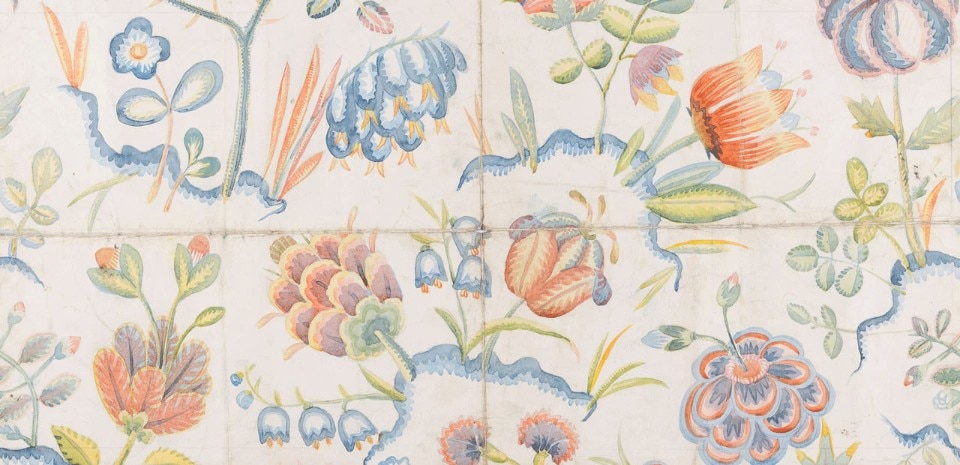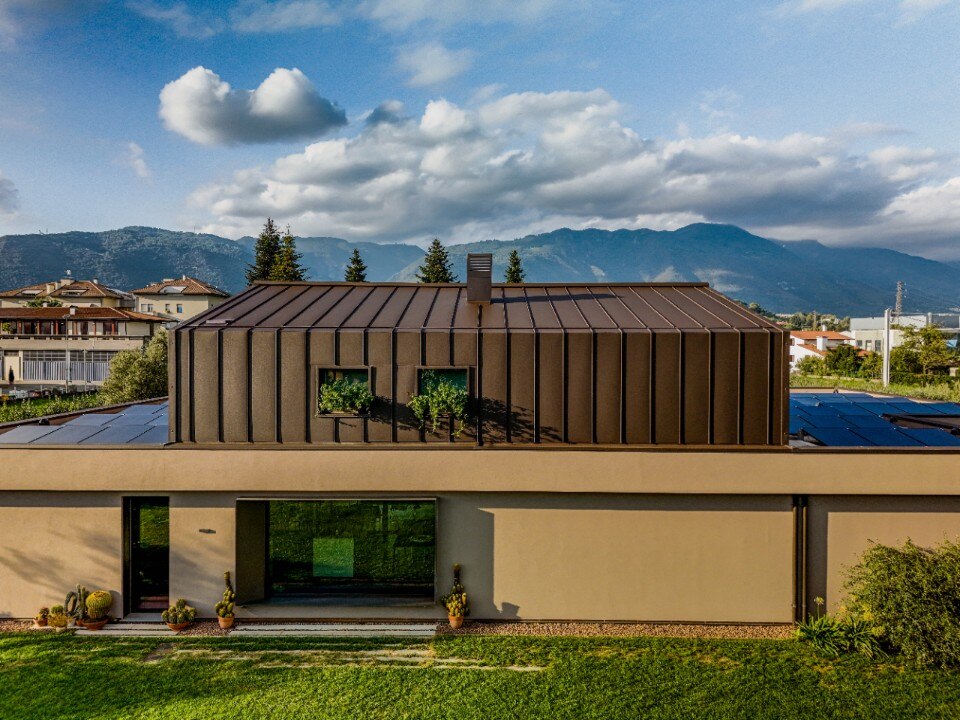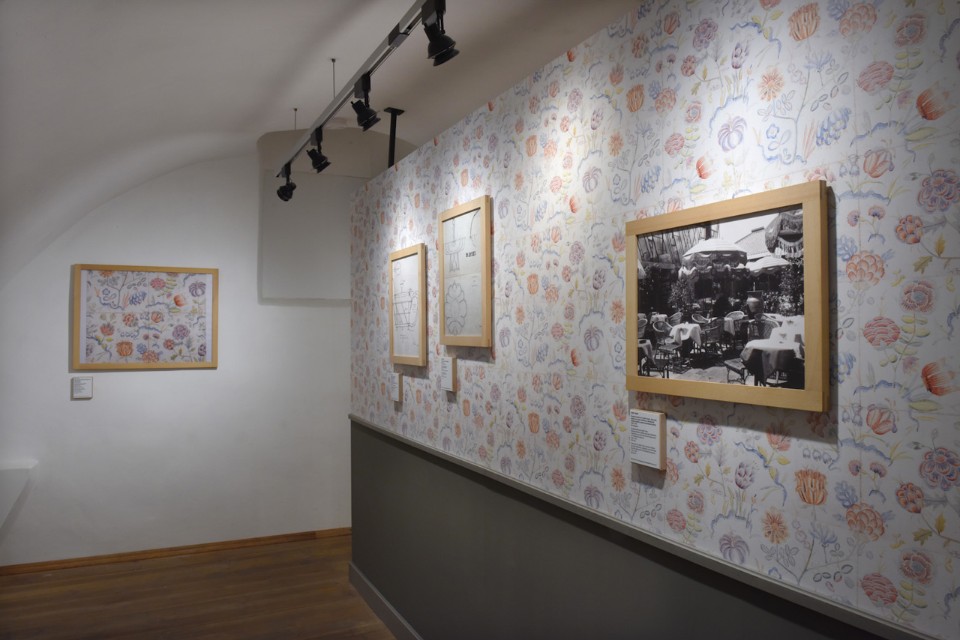
Photo © Andrea Velnerová/Moravian Gallery, Brno/MAK
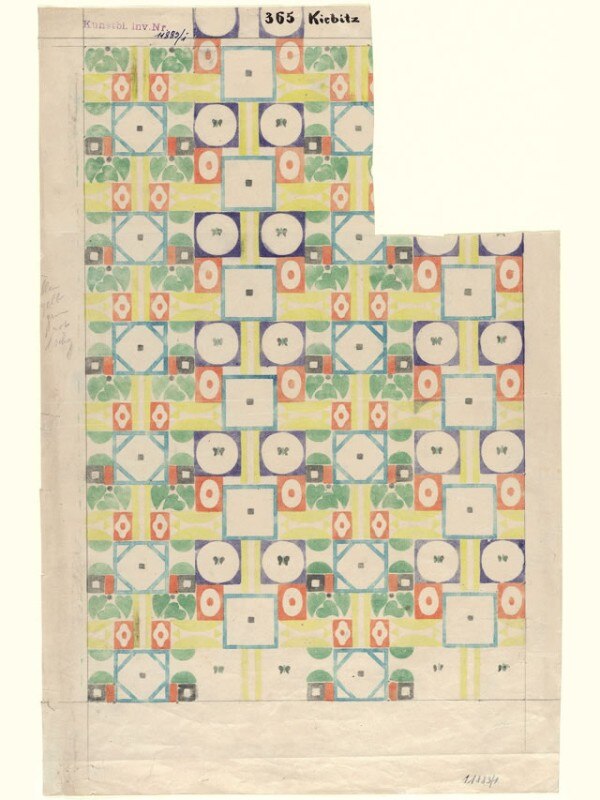
© MAK
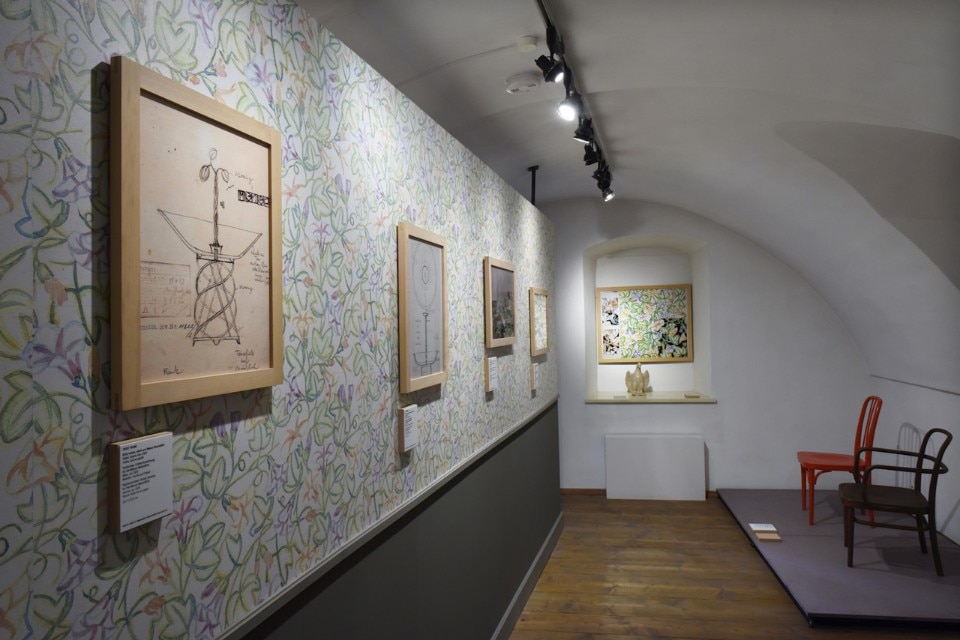
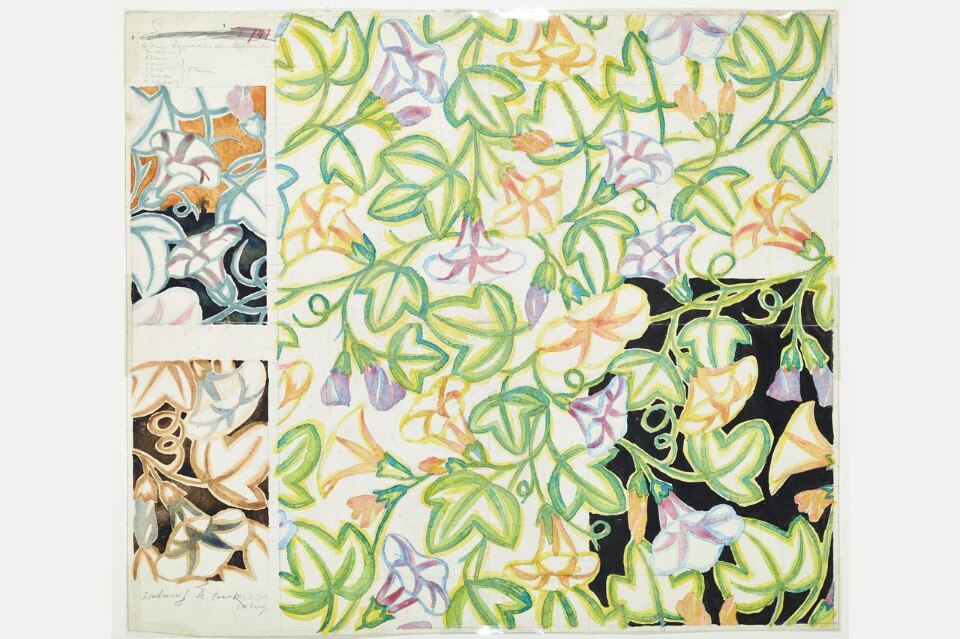
until 30 October 2016
Josef Hoffmann – Josef Frank: From “Endless Trimmings” to an Open System
curated by Rainald Franz
MAK – Austrian Museum of Applied Arts / Contemporary Art
Hoffmann – Frank @ MAK
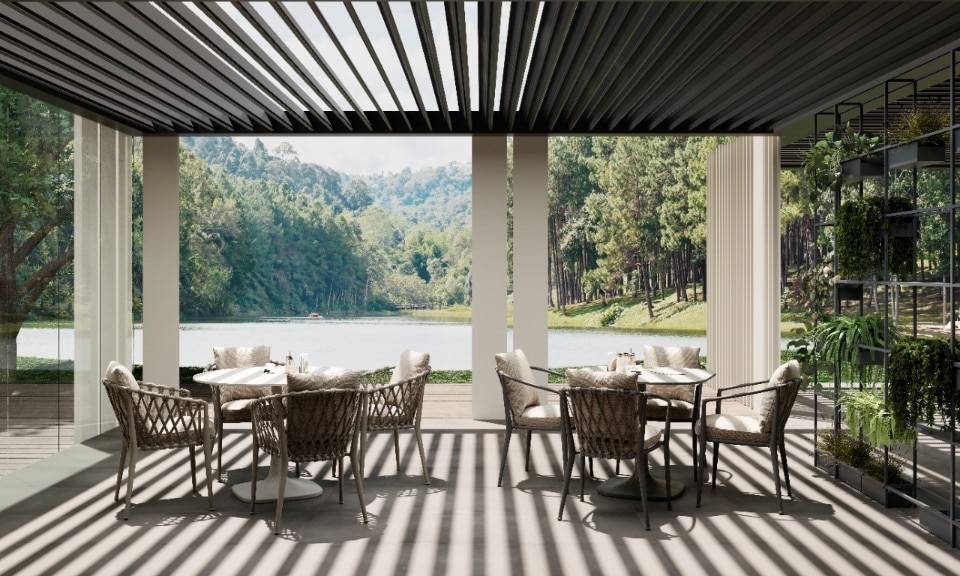
This system turns the outdoors into a custom experience
A fully configurable structure, designed to blend seamlessly into the natural landscape while providing shelter from sun, wind, and rain.
It exists - it’s called CODE.


